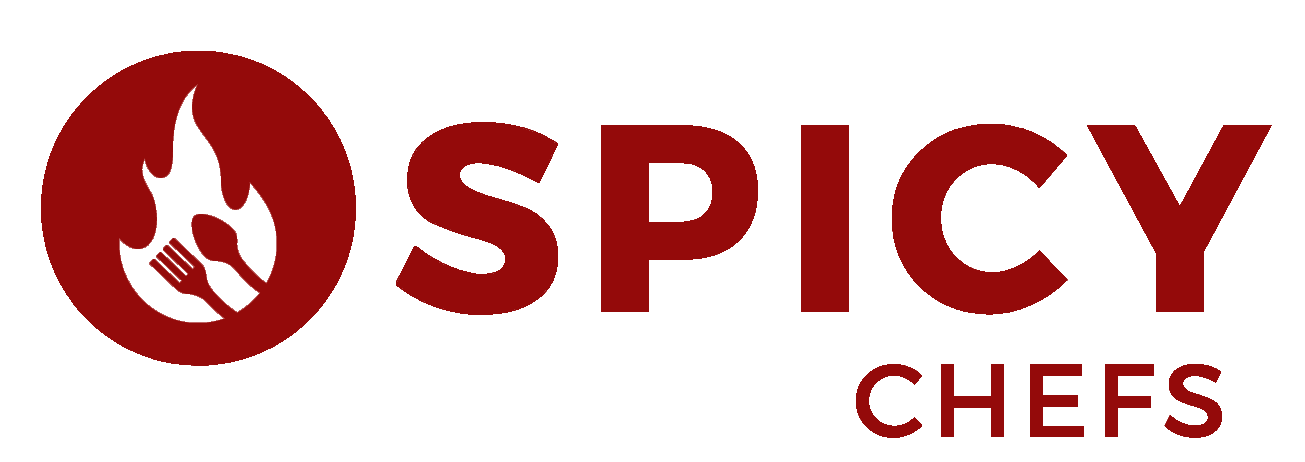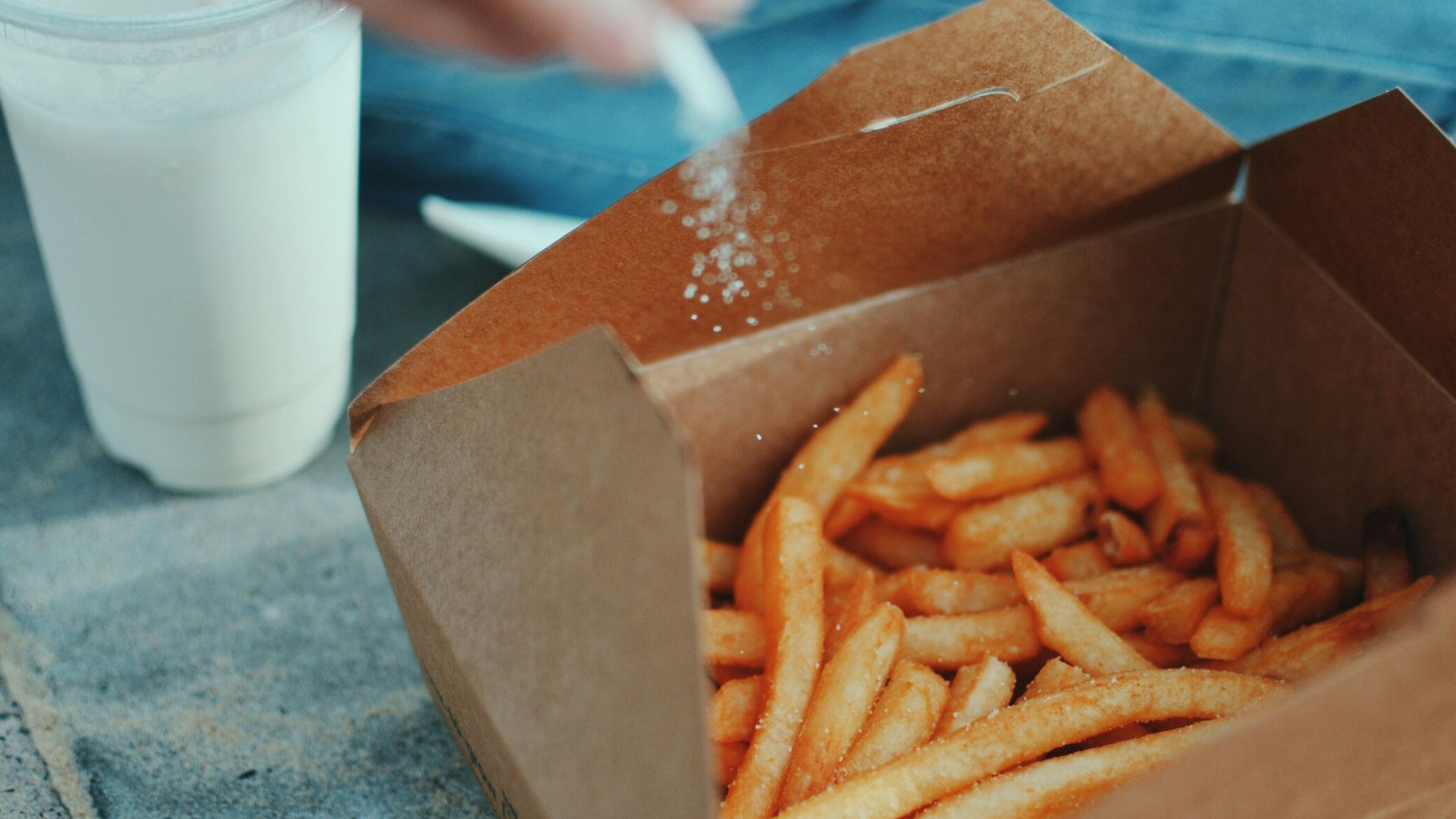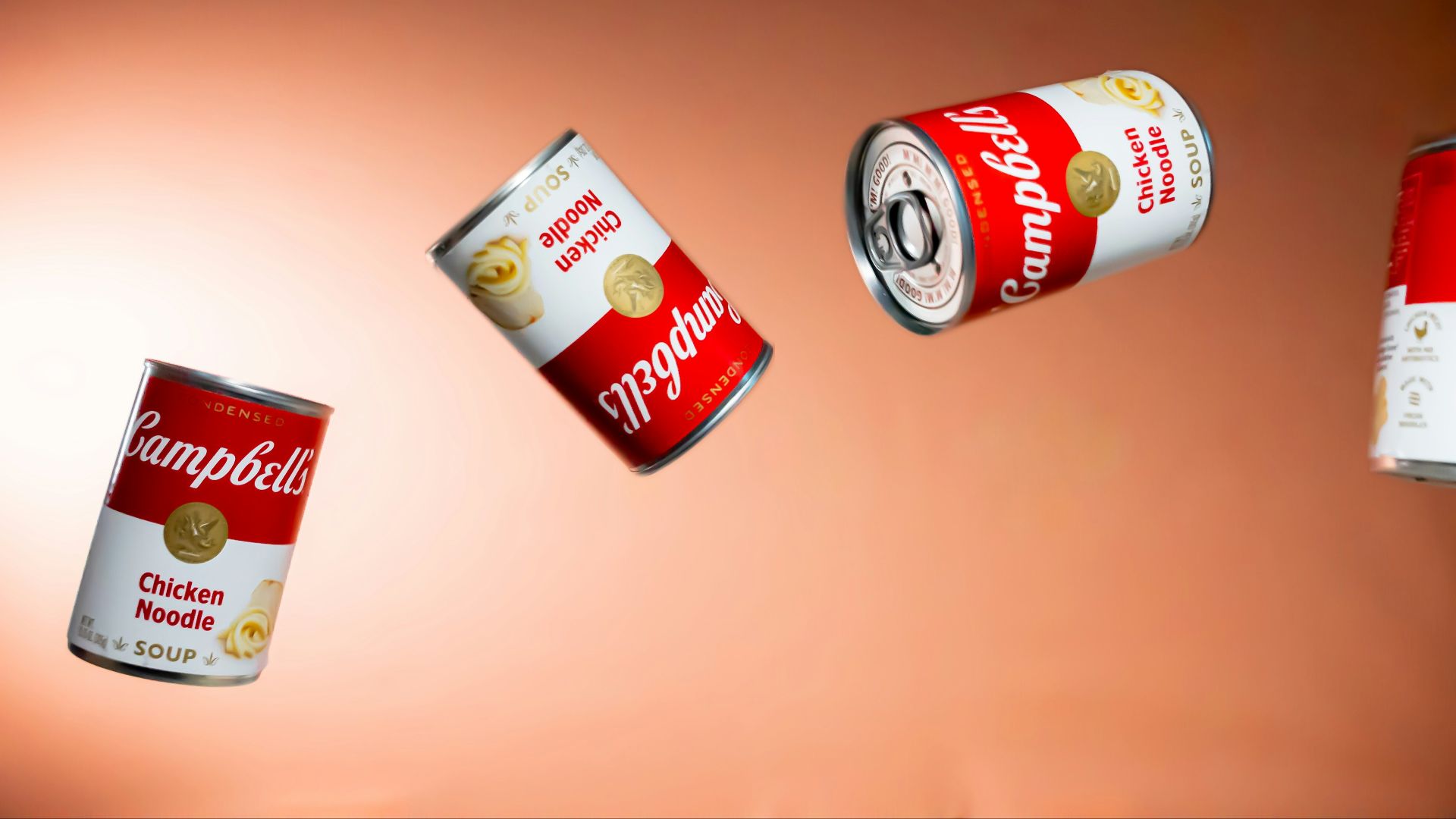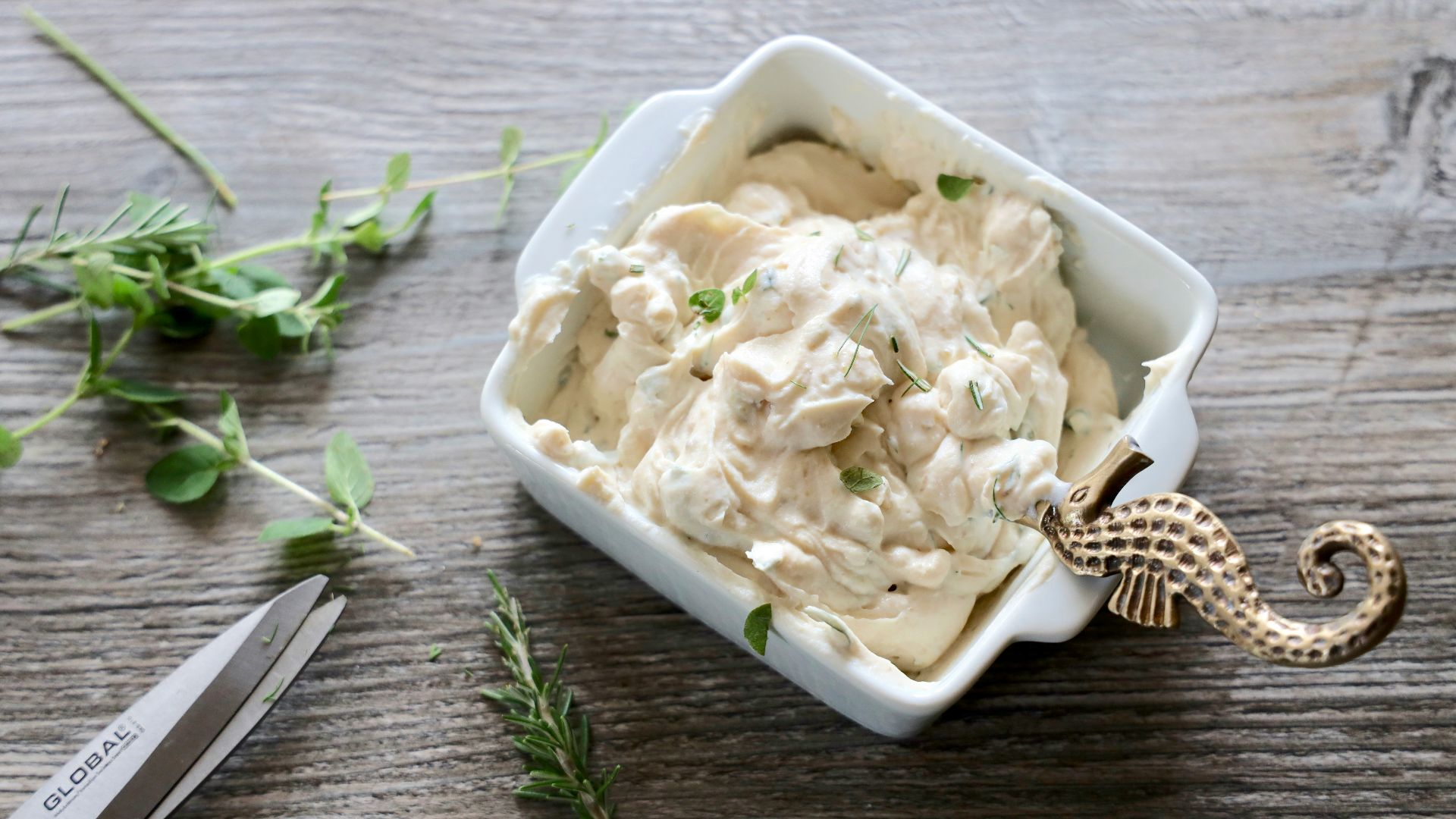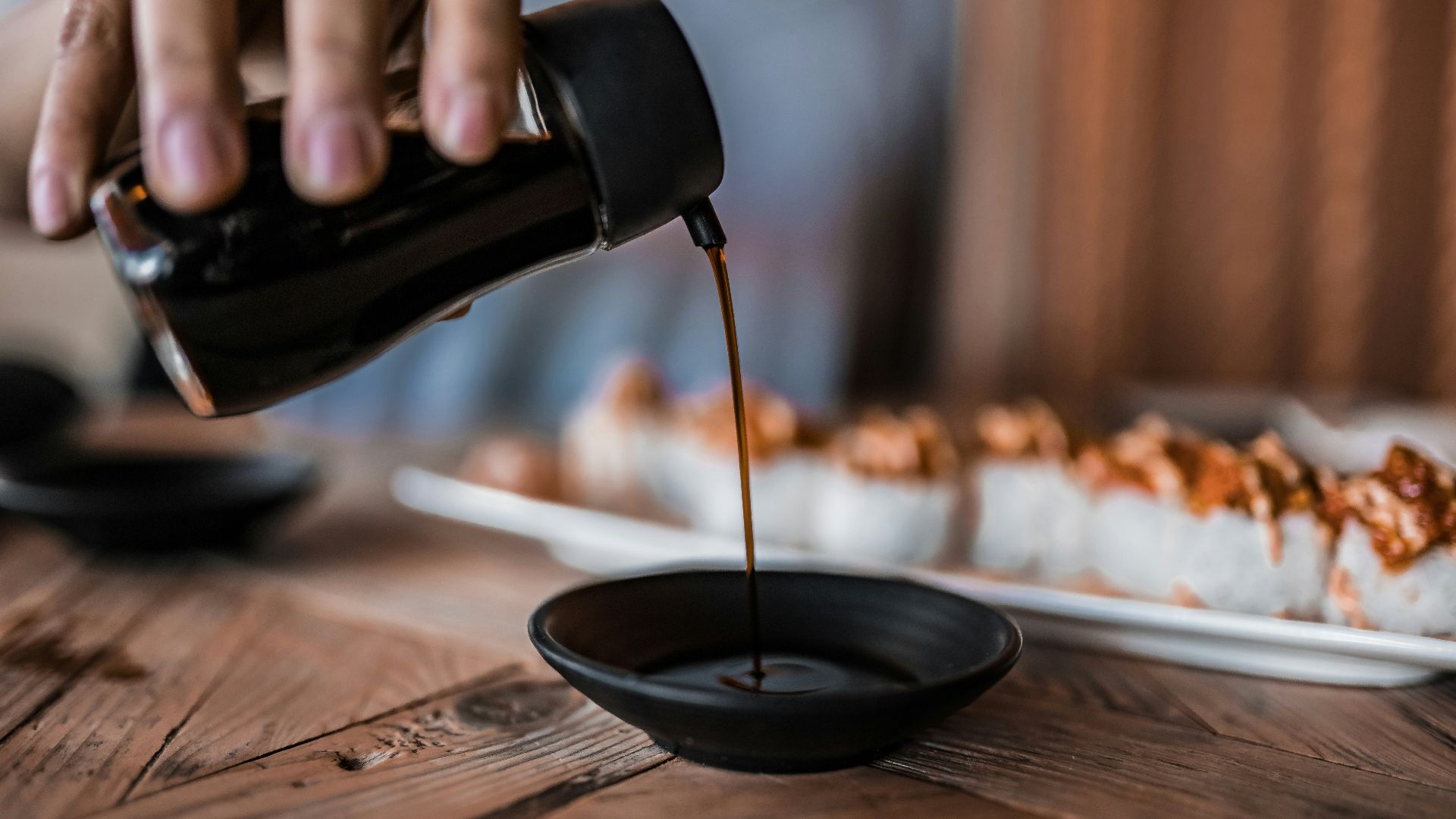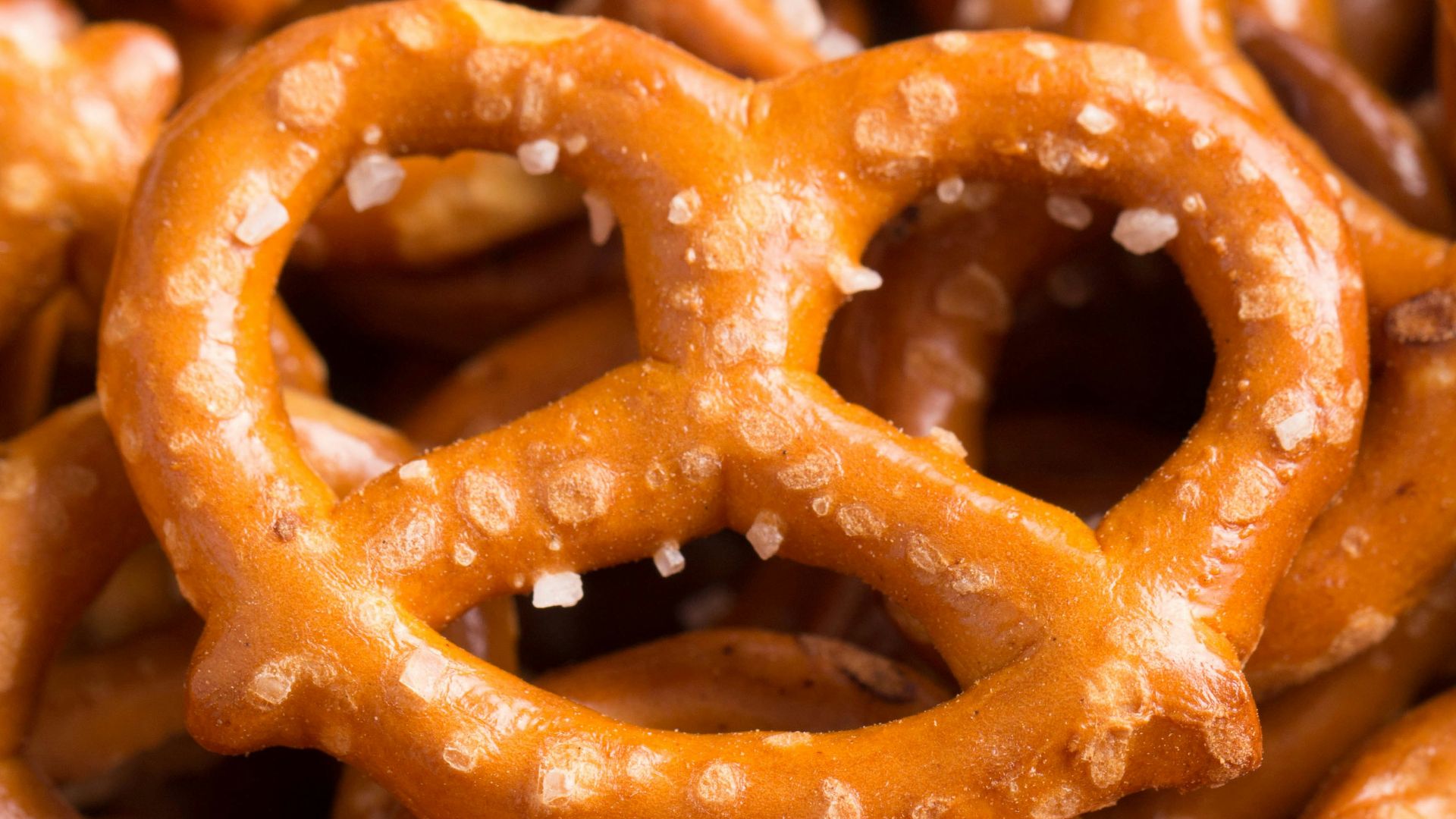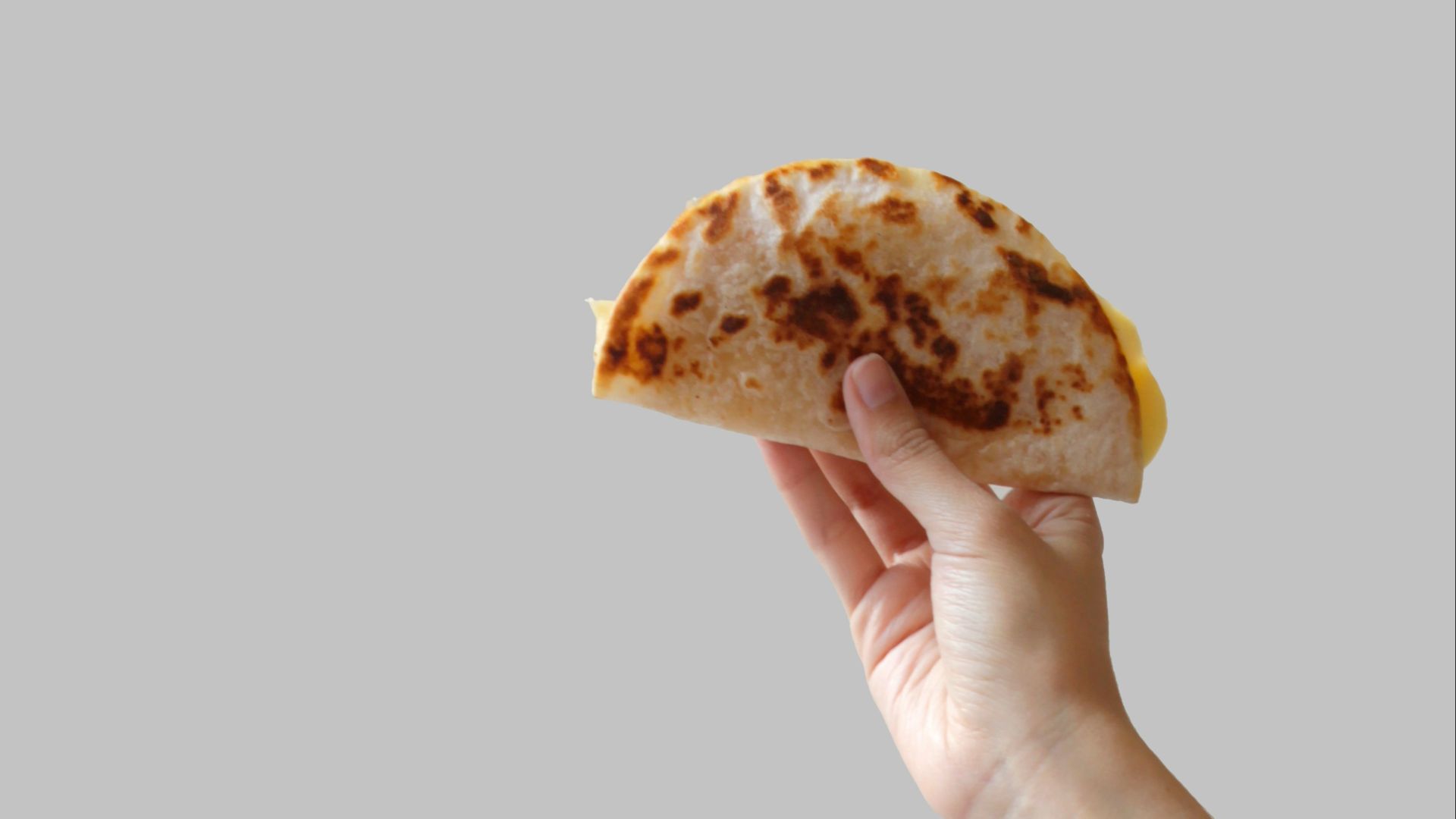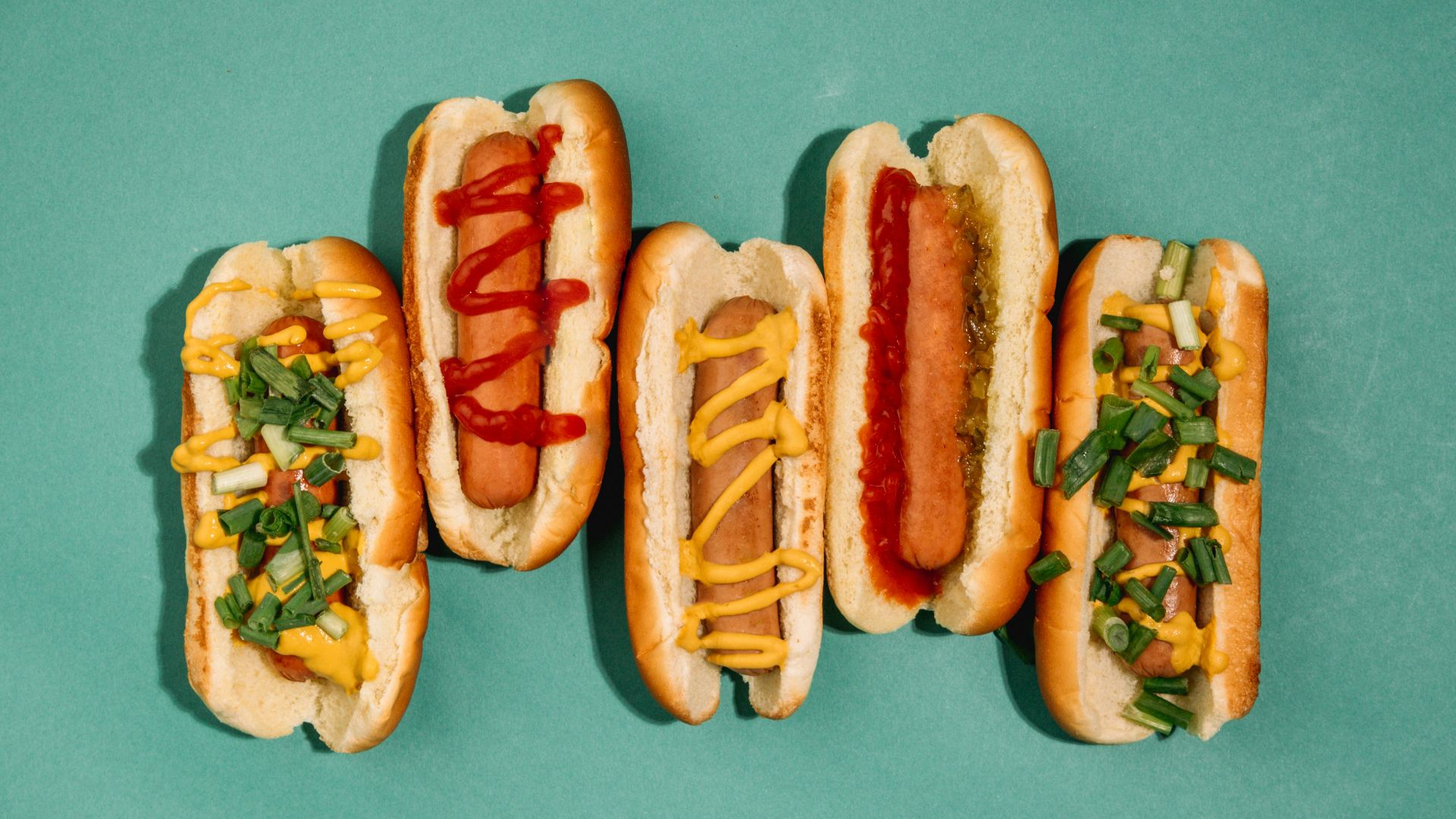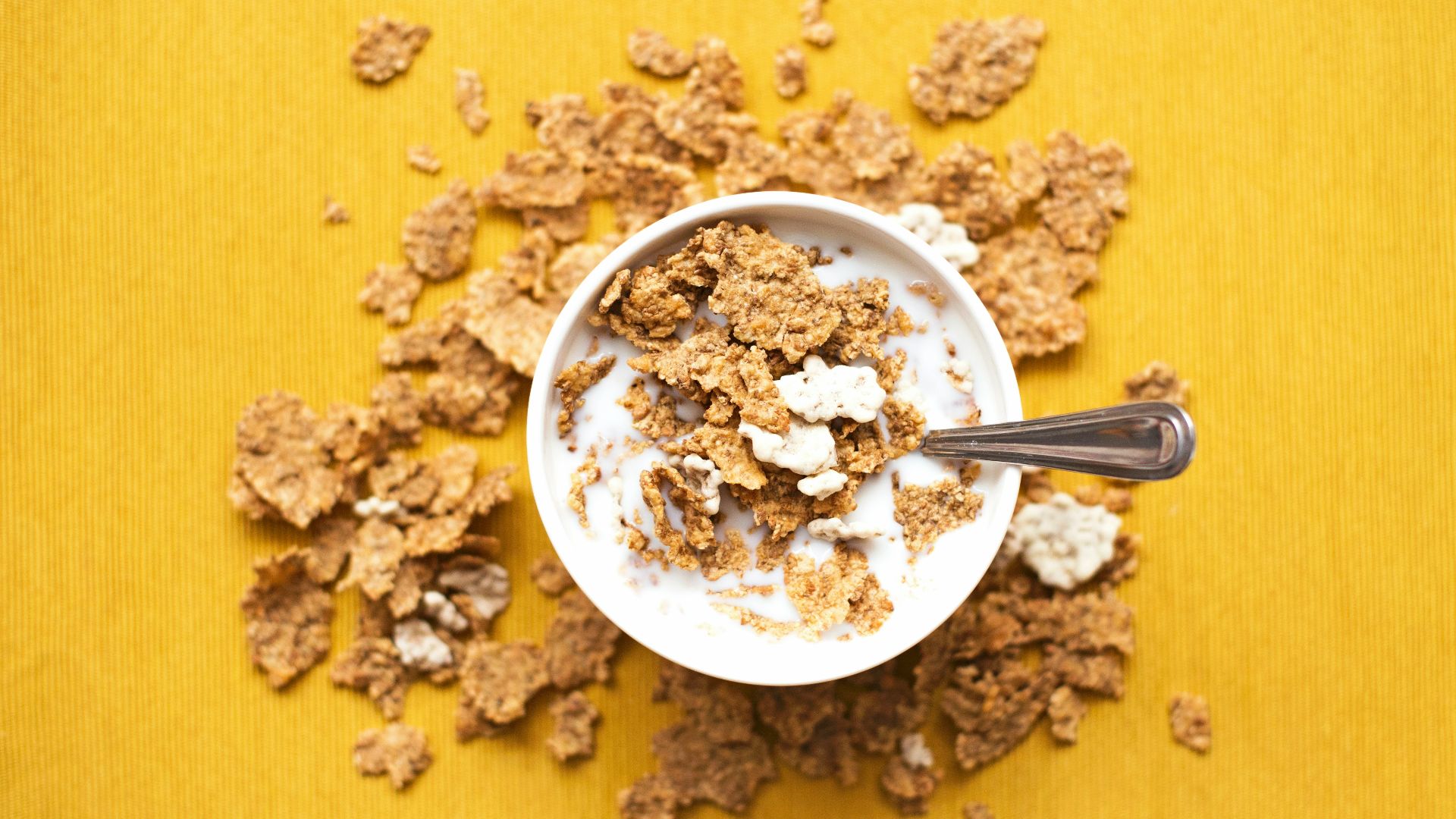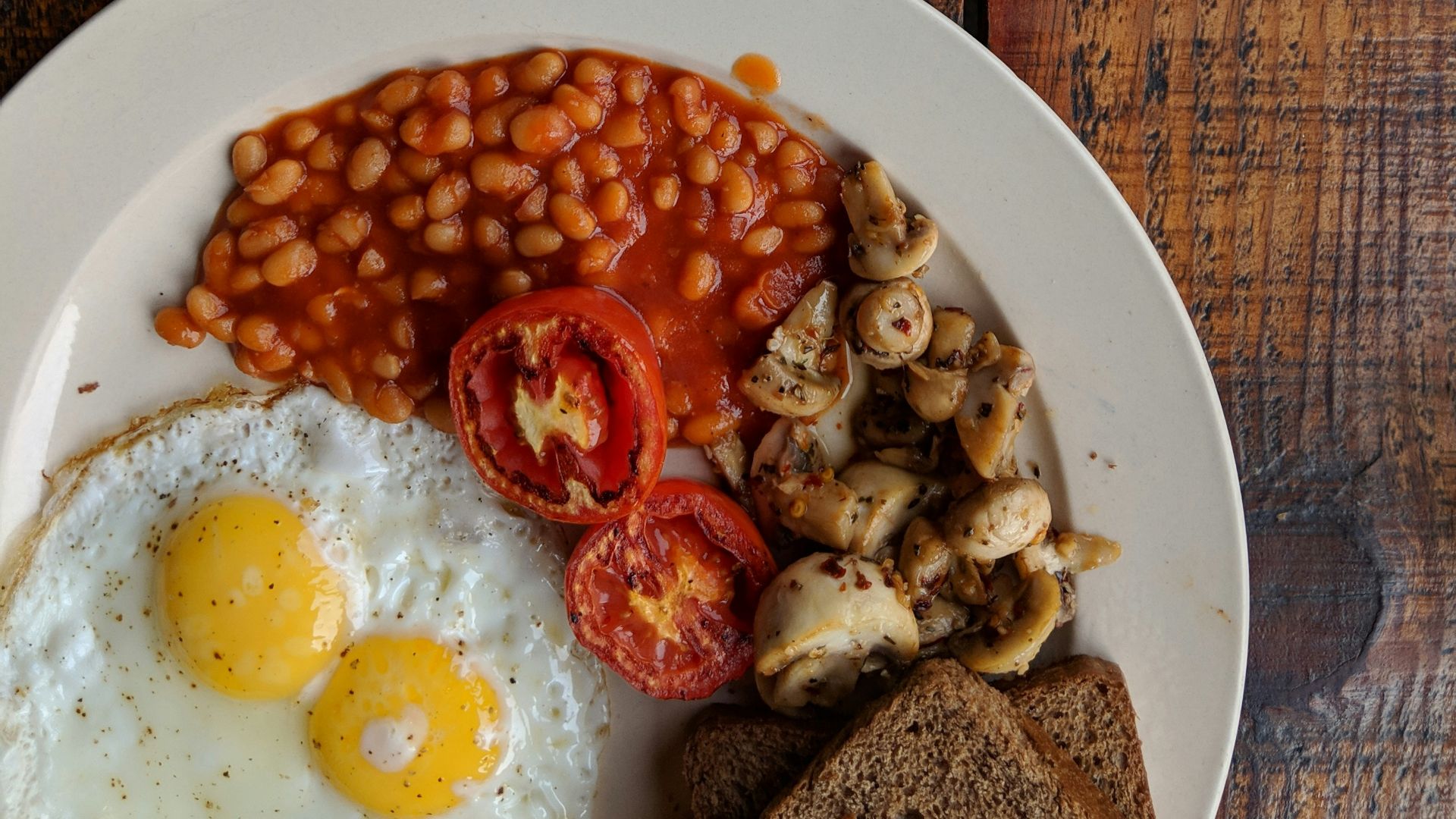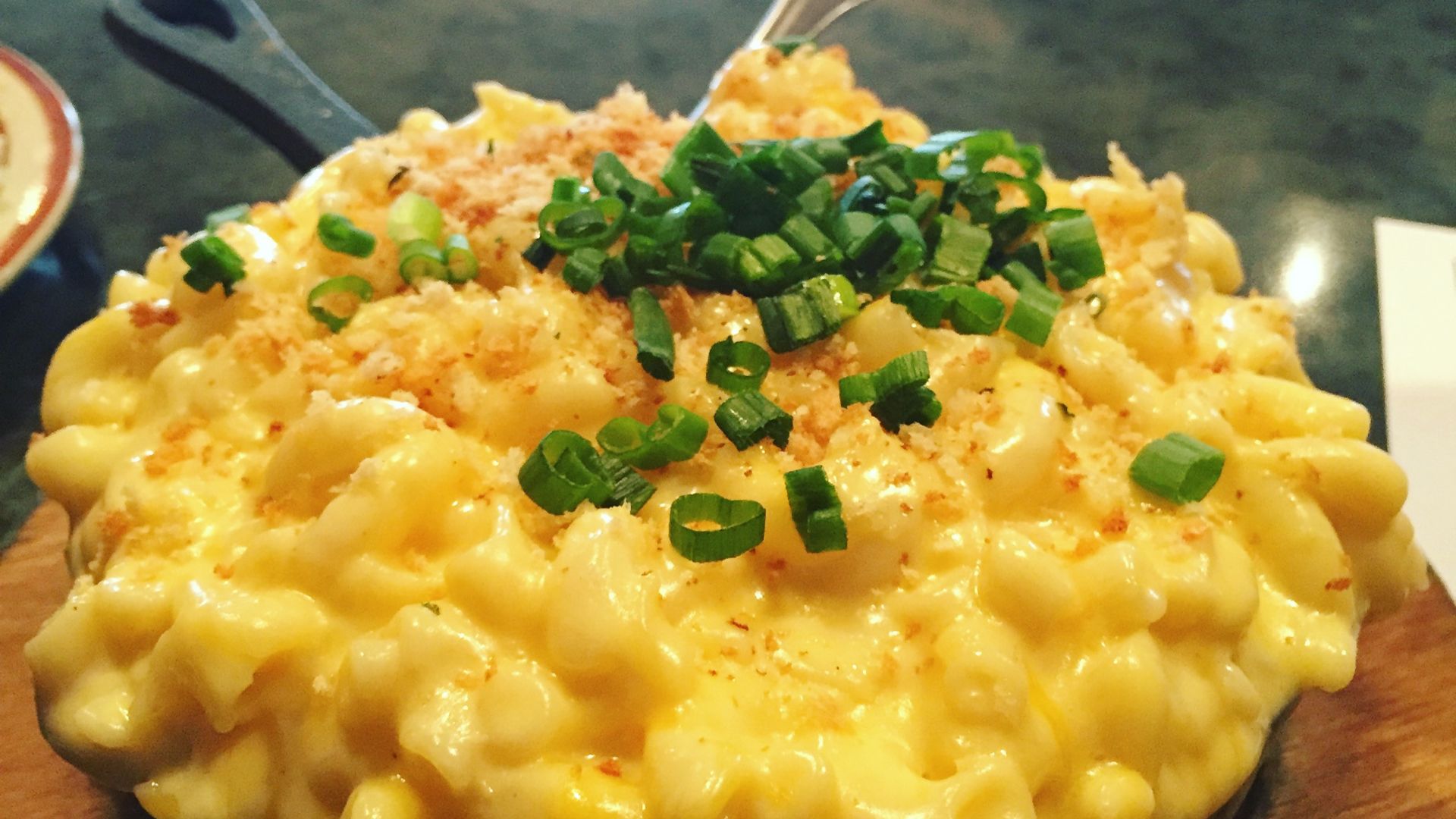Picking Out the Salty Culprits in Your Diet
From chips to instant ramen and everything in between, the average person likely consumes more sodium than the recommended daily limit of 2,300 mg. In fact, unless you regularly check nutrition labels, you might be surprised by just how many foods—even those considered healthy—could be racking up your salt total. Wondering which eats to cut back on? Here are 20 high-sodium foods you should probably avoid.
1. Shrimp
No matter what kind of shrimp you buy, whether frozen or breaded, these crustaceans pack in a lot of salt. They're often seasoned for added flavor and contain additives like sodium tripolyphosphate which preserve moisture. The best alternative is to choose freshly caught seafood, which won't contain as much sodium as prepackaged kinds.
2. Chips
Not only are potato chips unhealthy in general, they're also often incredibly salty. Flavors like all-dressed, sour cream & onion, and ketchup are some of the biggest culprits, averaging 320 mg of sodium in the Lay's varieties. So, if you need another reason to lay off junk food, here it is.
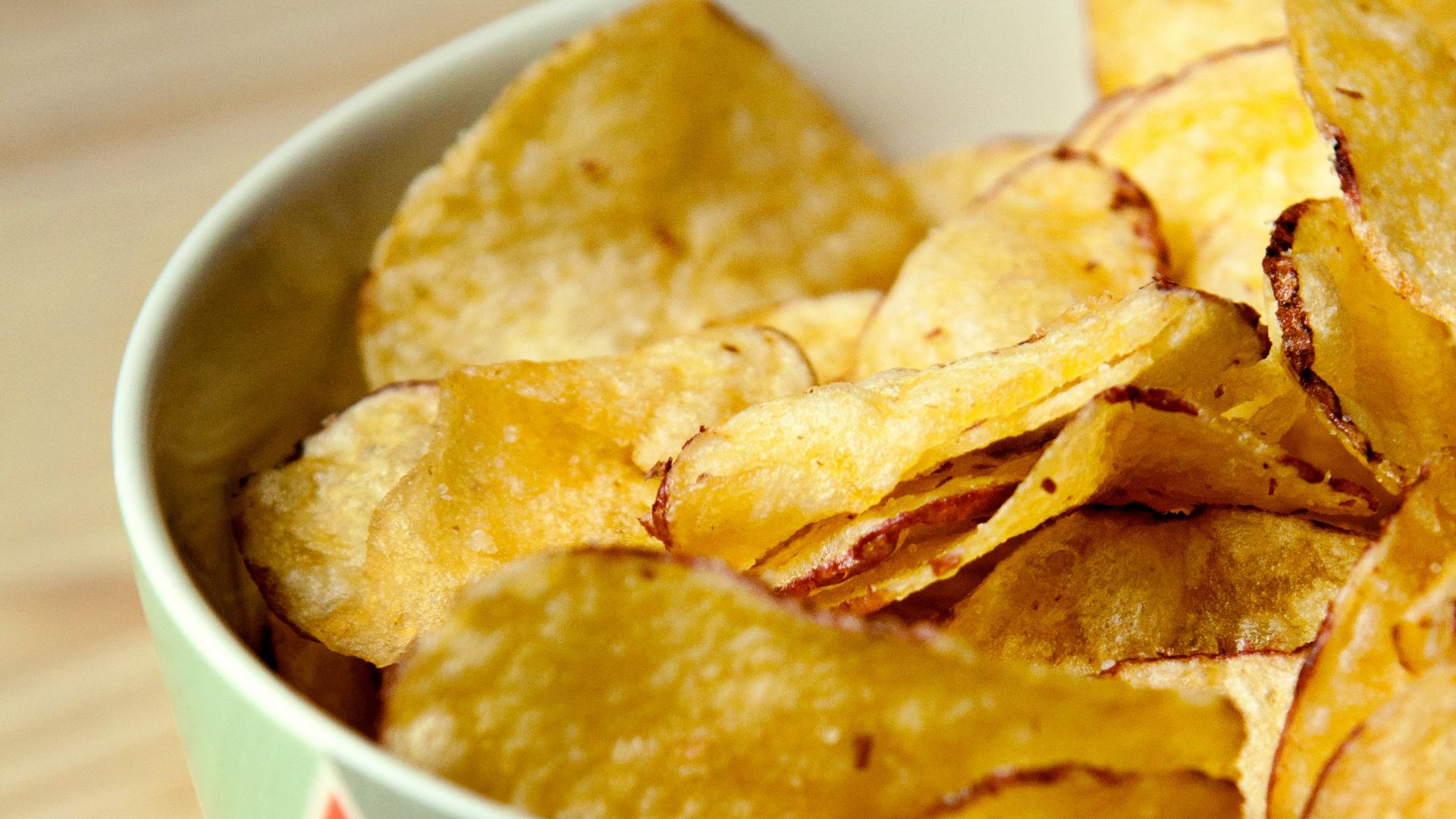 Emiliano Vittoriosi on Unsplash
Emiliano Vittoriosi on Unsplash
3. Ramen
If you're an instant ramen lover, you might want to break that habit. No matter what flavor you choose, unless you're picking healthier varieties, these noodles and their seasonings are loaded with salt. In fact, one package contains nearly—and sometimes over—2,000 mg of sodium. That's already the intake limit that the World Health Organization suggests.
4. Soup
Whether canned or prepared outside at a restaurant, soup contains a hefty amount of seasoning. Not only is the broth loaded with salt, but the ingredients added in, like meat, can spike the number even higher. Plus, most store-bought soups contain additives, like monosodium glutamate, which are high in sodium.
5. Cottage Cheese
While eating cottage cheese is often recommended as a healthy way to start the day, being both rich in protein and calcium, it's also packed with sodium. Just a half-cup serving totals around 350 mg of salt, which is already 15% of the reference daily intake (RDI).
6. Pizza
You probably don't need a health expert to tell you that pizza is unhealthy. Along with the dough, sauce, and cheese that make up the base, other processed meats and ingredients on top quickly turn this favorite American dinner into a sodium-loaded meal.
7. Soy Sauce
Yup, that condiment you love dipping sushi in and pouring over rice is extremely high in salt. In fact, soy sauce ranks as one of the saltiest condiments used in cooking, and just one tablespoon racks up over 1,000 mg of sodium—44% of the RDI.
8. Salad Dressing
If you like to dress your salad with common flavors, like Caesar, Thousand Island, and blue cheese, you might be easily exceeding your daily intake. Not only are salad dressings high in salt, though, they're also fairly sugary, so it's best to stick to healthier alternatives, like balsamic vinegar or extra virgin olive oil.
9. Pickles
While the occasional pickle or two might not do too much damage, if you regularly buy jars of these brined cucumbers, you might want to watch out. Just one medium-sized pickle packs in nearly 600 mg of sodium, which is 24% of the RDI.
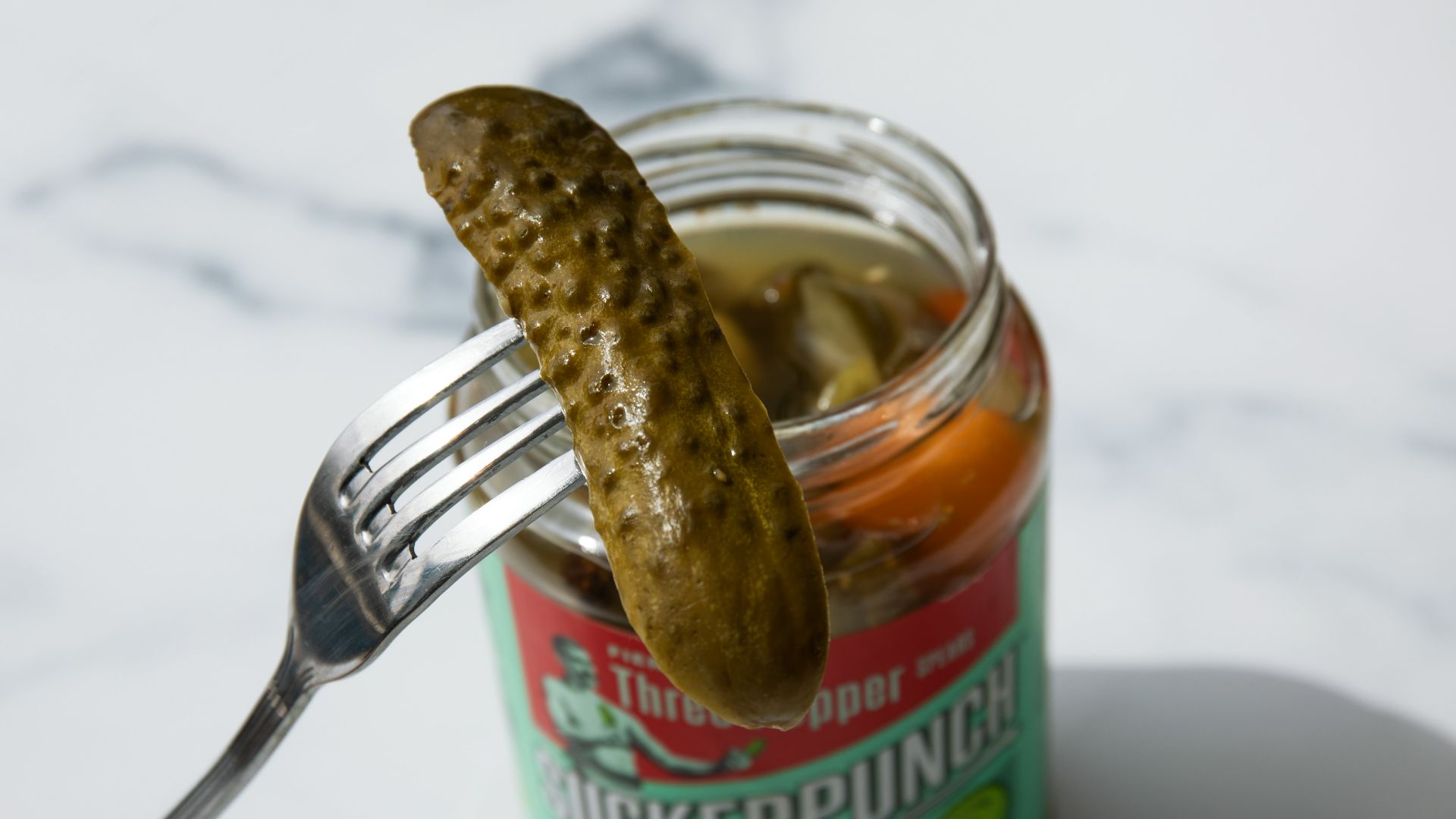 SuckerPunch Gourmet on Unsplash
SuckerPunch Gourmet on Unsplash
10. Olives
Just like pickles, olives are often preserved in brine, which means they can quickly fill up your total daily salt intake after only eating a couple of them. Just one olive alone contains about 63 mg of sodium! To be mindful of your salt intake, eat fresh olives instead.
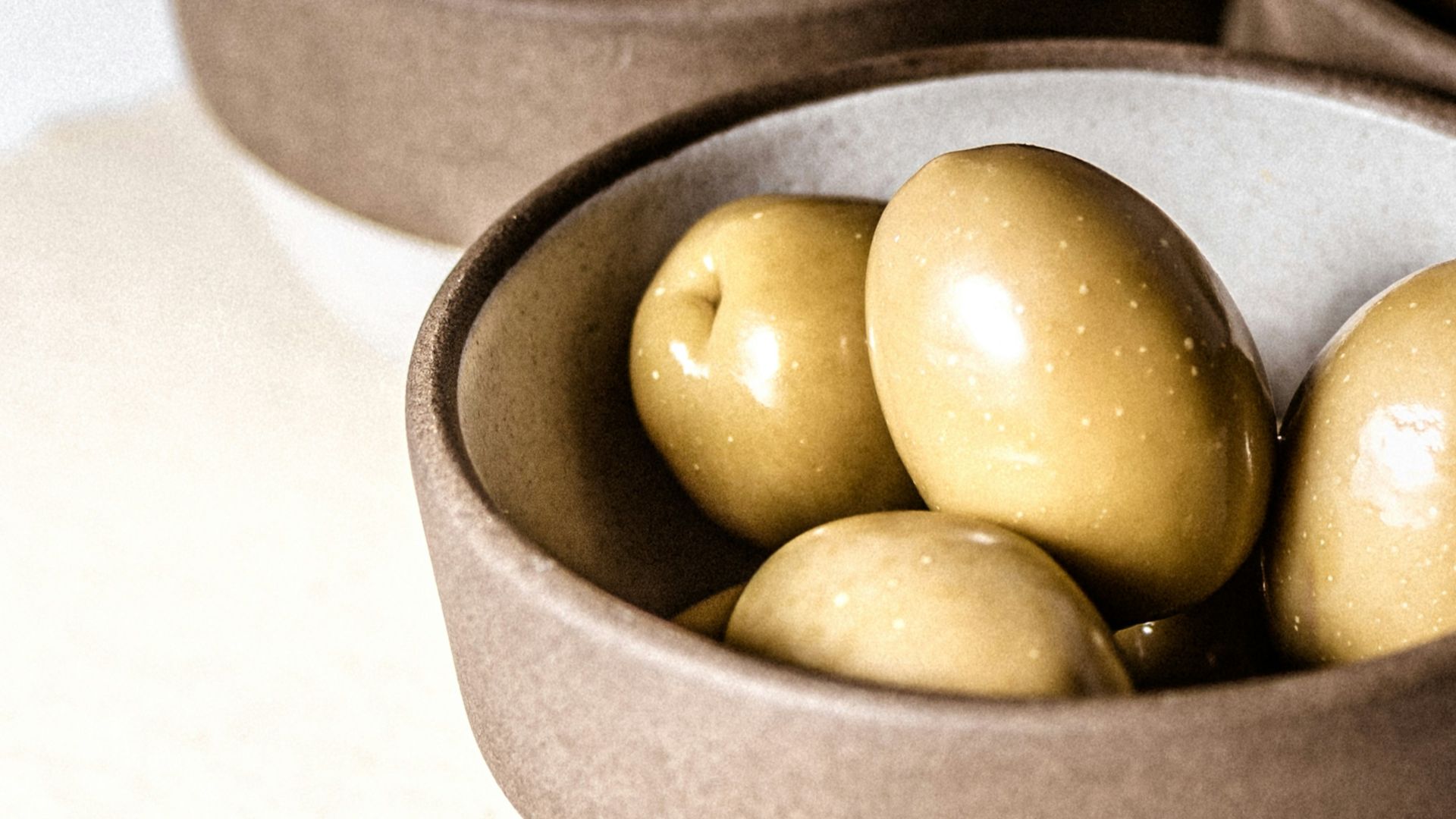 Kier in Sight Archives on Unsplash
Kier in Sight Archives on Unsplash
11. Jerky
As addictive as jerky is, these processed dried meats are incredibly salty, thanks to the sodium-rich additives used to preserve their flavor and texture. While it's fine to snack on them every now and then, it's probably better to choose ones that are organic and low-sodium.
12. Pretzels
Another favorite American pastime snack, pretzels ring in just as much as chips, racking up around 320 mg of sodium per 28-gram serving—14% of the RDI. And since unsalted varieties are just as non-nutritious, you're probably better off skipping pretzels altogether.
13. Tortillas
Unless you choose whole grain tortillas or take a peek at the nutrition facts before purchasing, the pack you have in your pantry is likely loaded with salt. A typical eight-inch disk amounts to nearly 400 mg of sodium or 17% of the RDI, which means if you eat two, you're already at one-third of the daily intake.
14. Hot Dogs
Who doesn't love hot dogs? But if you're eating these on the regular or typically consume more than one in a sitting, you'll easily rack up over 1,300 mg of sodium. Processed meat is the main culprit here, and the extra condiments used to top your bun—mustard, ketchup, relish—only hike up the total.
15. Deli Meats
Just like the sausage in your hot dog bun, cold cuts and deli sandwiches are also incredibly salty. Meats like salami and ham often contain lots of sodium-rich preservatives, which can easily take up half of your RDI total. For better alternatives, choose roast beef or turkey.
16. Frozen Meals
For a frozen meal to be qualified as "healthy" by the FDA (US Food and Drug Administration), the total sodium must be 600 mg or lower. If you don't often read the back labels of these packages, you could easily exceed your RDI with just a few slices of frozen pizza alone, which average 720 mg of salt in each one.
17. Breakfast Cereals & Mixes
Don't overlook the sugary cereals your kids reach for in the morning. Not only are they high in sugar, they could also be high in salt; a single cup of cornflakes, for example, can pack in as much as 270 mg of sodium. Other breakfast mixes, like boxed pancake batter, can rack up nearly double that per serving.
18. Vegetable Juice
We know vegetables are good for us, and sometimes, it might be easier to blend them into a shake or juice to meet the daily recommended intake than to eat the same portion. However, unless you're juicing from scratch, an eight-ounce serving (one cup, or 240 ml) can contain around 400 mg of salt.
19. Baked Beans
As delicious as baked beans are, canned varieties have as much as 520 mg of salt in just a half-cup serving. A better alternative would be to make your own so you can manually reduce the amount of sodium added.
20. Mac & Cheese
Yup—even America's favorite cheesy comfort dish could be a salt mine. Many boxed versions of mac and cheese contain around 700 mg of sodium in a one-cup serving, so if you're not choosing healthier low-salt alternatives, you could easily surpass the RDI limit of 2,300 mg.
KEEP ON READING

